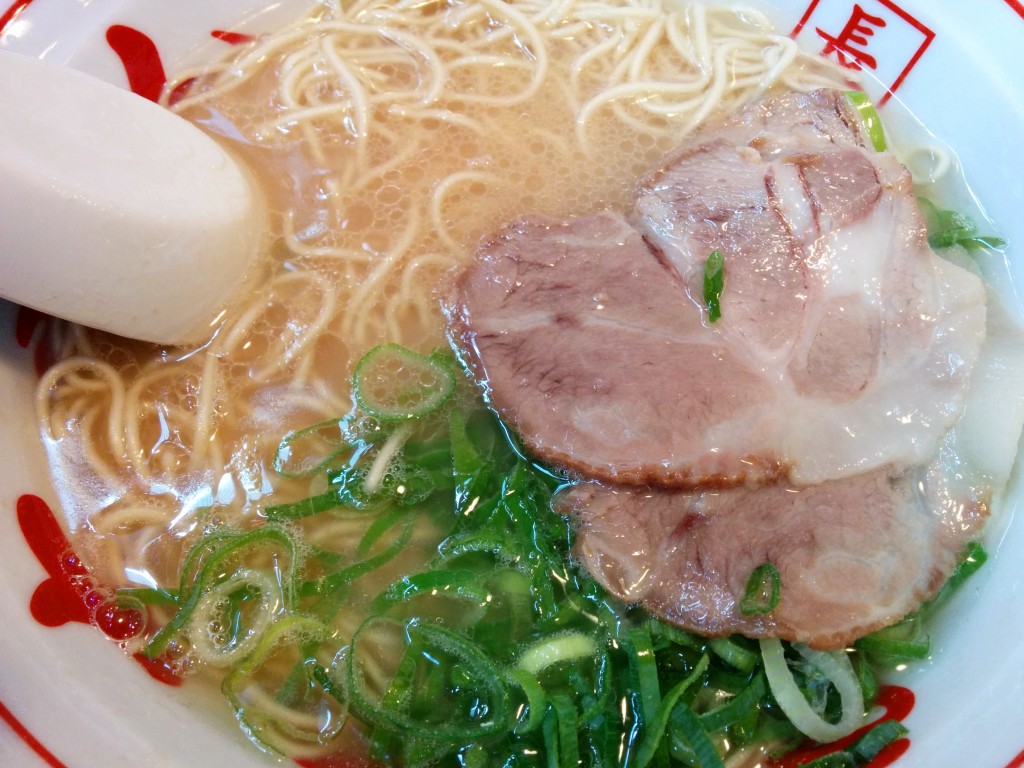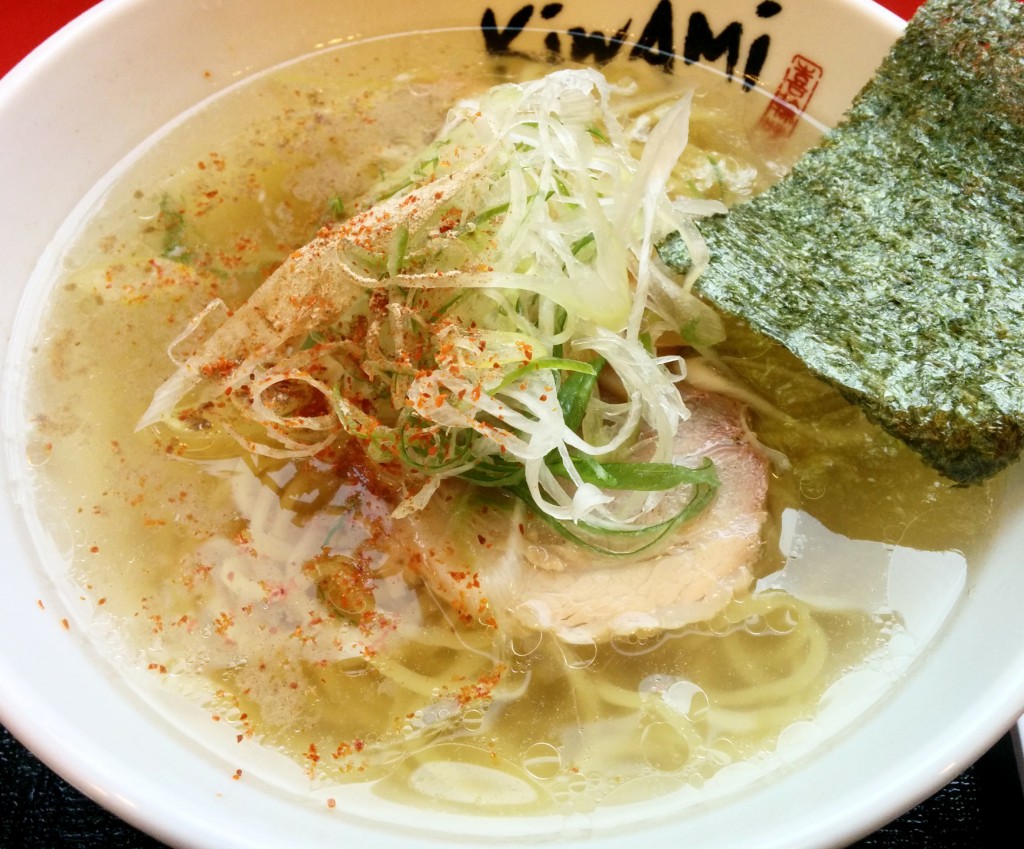Sorry, this entry is only available in 日本語.
Tag Archives: 江戸時代
The Art of Ukiyo-e: ‘Enjoying Edo’s Technology’ with 0.1-Millimeter Precision
Ukiyo-e, a form of art perfected during the Edo period, involved layering over a dozen wooden blocks with different colors, one by one, on the same sheet of paper. The alignment error of these wooden blocks was less than 0.1 millimeters.
Precision was not limited to just art during the Edo period.
Tanaka Shigehisa created something called Banzai Jimeisho. To put it simply, it was a clock, but not just an ordinary one. It was a clock that varied the speed of time progression. Nowadays, one hour is a fixed duration, but in the past, it was different. They divided the time from sunrise to sunset into six equal parts and similarly divided the time from sunset to the next sunrise.
Banzai Jimeisho was a clock that accurately calculated and divided the time into 6 equal parts between sunrise and sunset. It also indicated the month, day of the week, and the positions of the sun and moon. It was even exhibited at the Aichi Expo.
Tanaka Shigehisa went on to create Toshiba.
Regardless, Edo-era science, though niche, has become a form of entertainment even in modern times. Denjiro’s static electricity, for instance. Multiple people holding hands in a circle and experiencing static electricity discharge, followed by instant regret.
Electricity was extremely rare during the Edo period. Static electricity collection, known as Elekiteru. It’s unclear whether it was created by Hiraga Gennai or not. Called Hyaku-nin-obei, several people joined hands in a row with their hands resting on the metal parts of the sliding doors. Hiraga Gennai then sent electricity through them from behind the sliding doors.
Elekiteru was more of a spectacle than a scientific invention.







